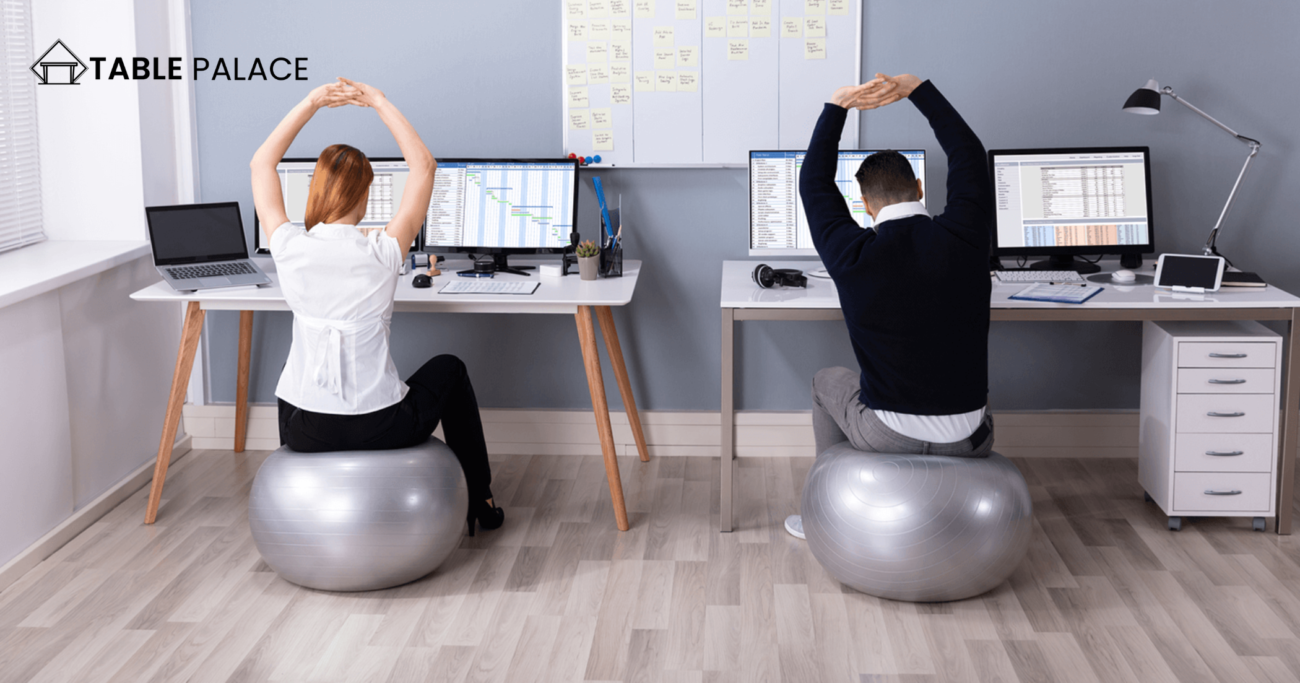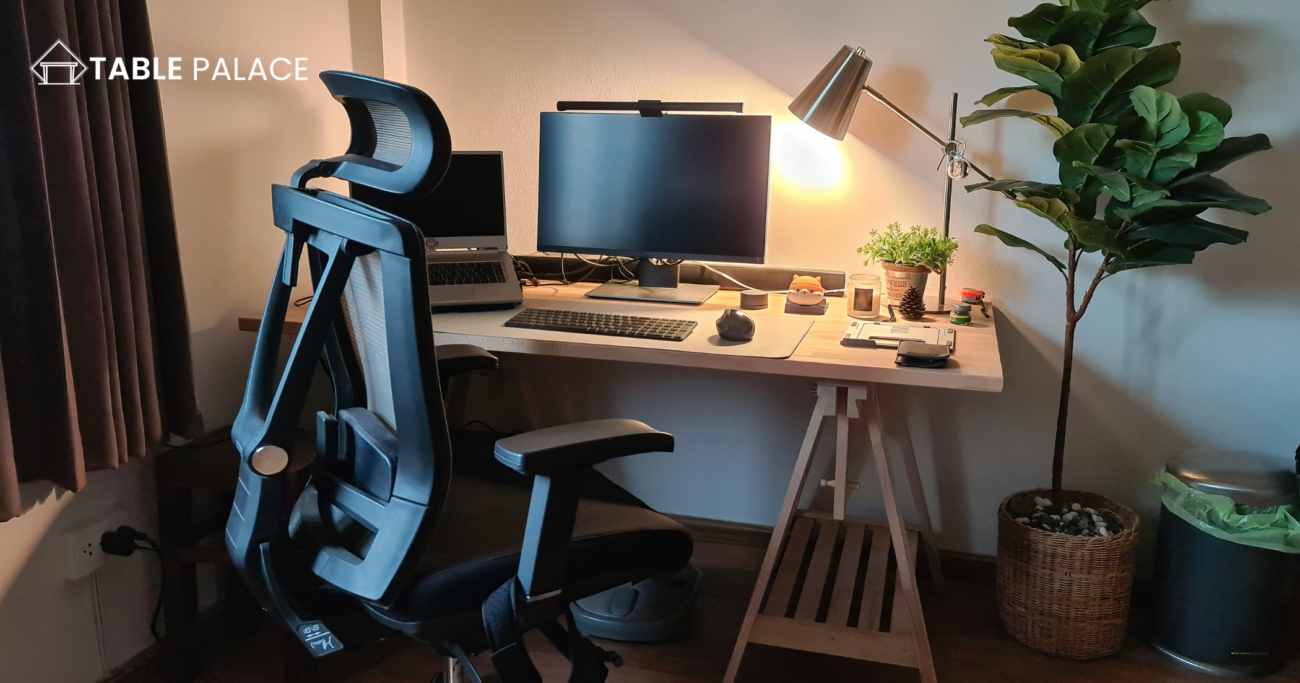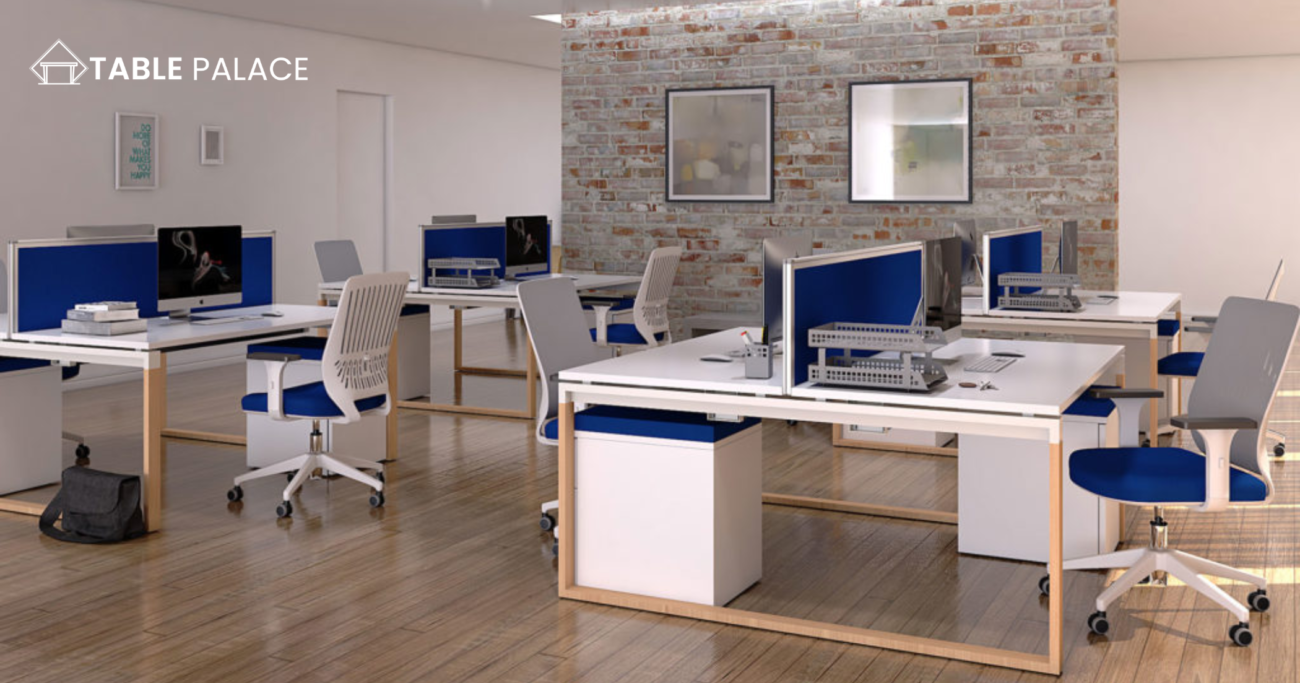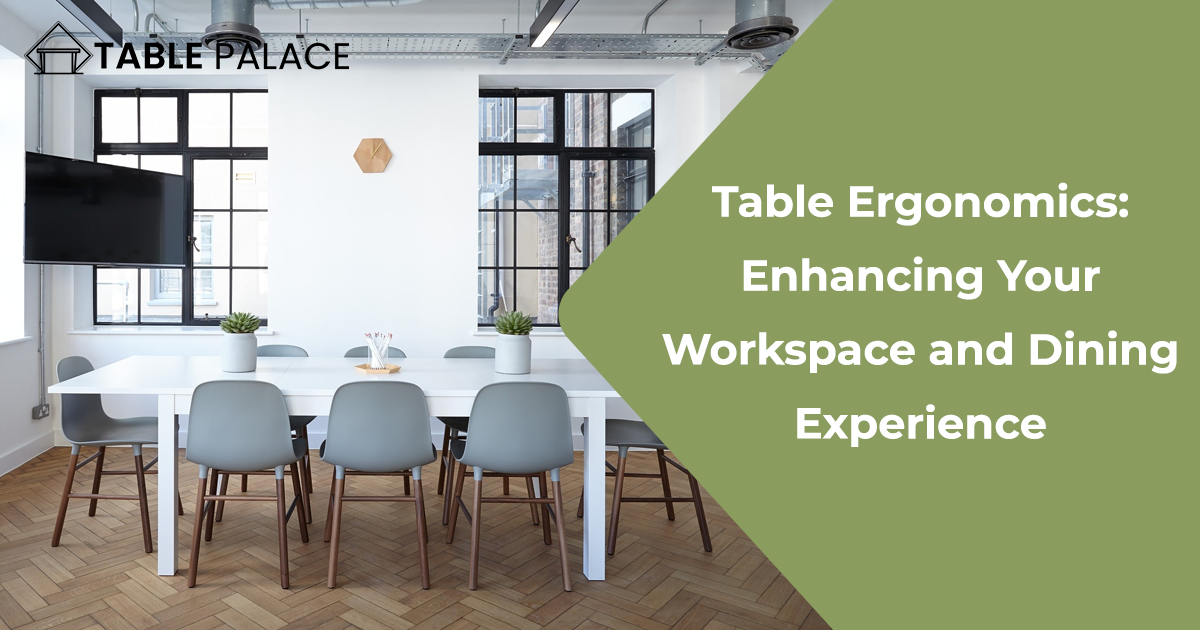In the realm of furniture design, ergonomics plays a pivotal role, especially when it comes to tables – a central piece in our homes, offices, and public spaces. Ergonomics, the science of designing products to fit the users’ needs, ensures comfort, efficiency, and safety. This article delves into the significance of ergonomic design in tables, exploring how it impacts our comfort, health, and productivity. By understanding and applying ergonomic principles, we can transform our interaction with tables, whether it’s during a meal, at work, or in a casual setting.
Understanding Ergonomics in Table Design

Ergonomic design in tables is more than just a buzzword; it’s about creating furniture that adapts to human needs, not the other way around. The basic principles of ergonomic design focus on minimizing strain, maintaining natural posture, and enhancing user comfort. A poorly designed table can lead to discomfort, musculoskeletal problems, and even long-term health issues. Therefore, understanding the ergonomic aspects of table design is crucial for selecting a table that suits your needs.
Ergonomic Factors in Table Selection

Selecting an ergonomic table involves several key considerations. The height and size of the table should match the user’s physical dimensions to avoid strain on the arms and back. The shape and surface area of the table should provide ample space while promoting comfortable reach and movement. Additionally, the material and build quality can affect the table’s stability and durability, further influencing ergonomic comfort.
Ergonomic Tables for Different Settings

Different settings require different ergonomic considerations. In homes, dining and coffee tables should facilitate relaxed seating and easy access. In office environments, desks and conference tables need to accommodate computers and other equipment while allowing comfortable, long-duration use. Public spaces like cafes and libraries should offer tables that cater to a diverse range of users, balancing space efficiency with comfort.
The Role of Chairs in Table Ergonomics

An often-overlooked aspect of table ergonomics is the chair. The right chair can significantly enhance the ergonomic benefits of a table. Chairs should be adjustable and provide adequate support, aligning with the table’s height to ensure a comfortable and healthy posture. The coordination of table and chair heights is essential to prevent strain and discomfort.
Special Considerations for Work Tables

Work tables, such as computer desks and workstations, require additional ergonomic features. These include adjustable heights, adequate surface area for equipment, and effective cable management. Integrating technology ergonomically can greatly reduce the risk of strain injuries. Maintaining proper posture and incorporating ergonomic accessories like monitor stands and wrist rests can further enhance comfort and efficiency.
Enhancing Comfort with Accessories

Ergonomic accessories play a significant role in augmenting the comfort of a table setup. For instance, wrist rests can prevent strain during typing or writing, while monitor stands can help maintain an optimal viewing angle, reducing neck and eye strain. Customizable options, such as adjustable lamp stands or movable trays, allow users to personalize their space for maximum comfort. Effective space management around the table, ensuring there’s enough room to move and stretch, is also crucial for maintaining an ergonomic environment.
Tips for Maintaining an Ergonomic Table Setup

To reap the long-term benefits of an ergonomic table setup, it’s important to make regular adjustments based on changing needs and activities. For example, altering the height of an adjustable desk when switching between sitting and standing positions, or repositioning accessories based on the task at hand. Incorporating breaks and movement into long periods of table use can significantly reduce the risk of discomfort and repetitive strain injuries. Over time, maintaining an ergonomic setup can lead to improved comfort, enhanced productivity, and better overall health.
Conclusion
In conclusion, the importance of ergonomics in table design cannot be overstated. Whether it’s for dining, working, or leisure, an ergonomically designed table can greatly enhance your experience. By considering factors like height, size, and shape, and pairing them with the right chairs and accessories, you can create a comfortable and health-conscious environment. Remember, an investment in ergonomic furniture is an investment in your well-being. As we continue to spend significant portions of our day around tables, let’s make those moments as comfortable and beneficial as possible.

